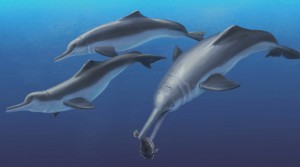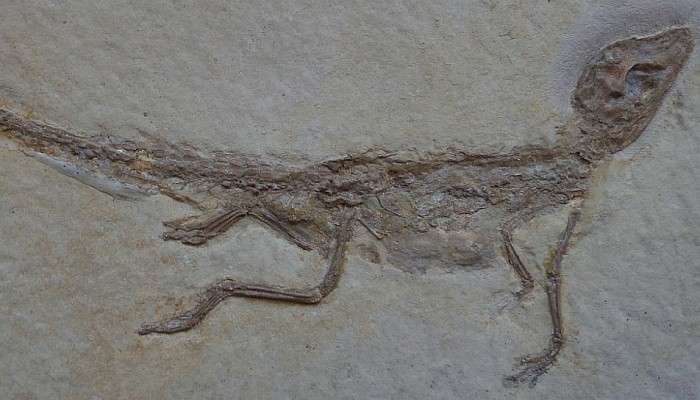This was originally posted at: https://thewinnower.com/papers/2301-my-open-science-story
It never really occurred to me not to be open. From the moment I started my PhD, I made a promise to myself that everything I did would be open and transparent. By this, I don’t just mean access to published papers – I wanted the data, and the information that I was generating to be freely available, and understandable to everyone. Apparently, this makes you a ‘radical’, but to me the alternatives just didn’t appeal. I didn’t see the sense in paywalls, in not sharing, in doing things for any reason but the benefit of the commons.
I remember during my Masters, back in 2011, vowing that my first paper would be published in PLOS ONE – I couldn’t fathom the idea that research I’d spent so long on wouldn’t be freely available. It took 3 years, but I eventually made it happen. My next paper was in PeerJ – I wanted to show that publishing open access early on in your career doesn’t cost anything, and is the easiest approach that benefits the most people. That’s when I really started to get into open science. Hitting paywalls when trying to do your research, or not knowing where the data was to support the conclusions of papers – these are huge impediments to researchers at all levels, and frankly I didn’t understand why it was the norm.



